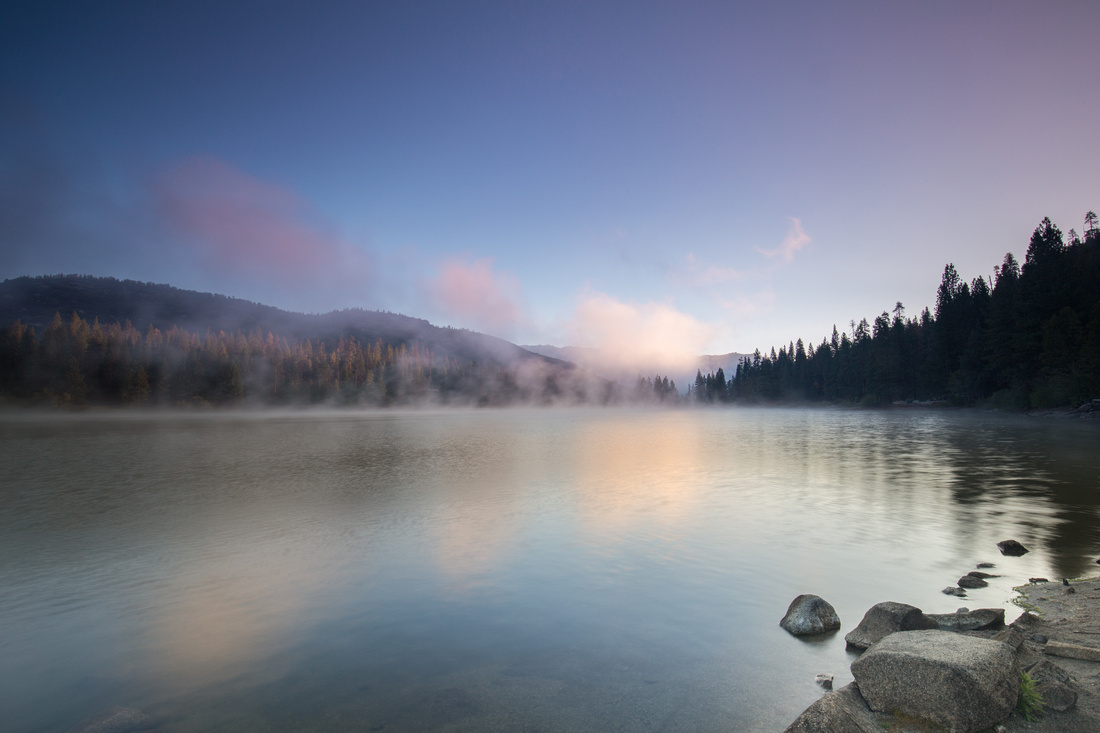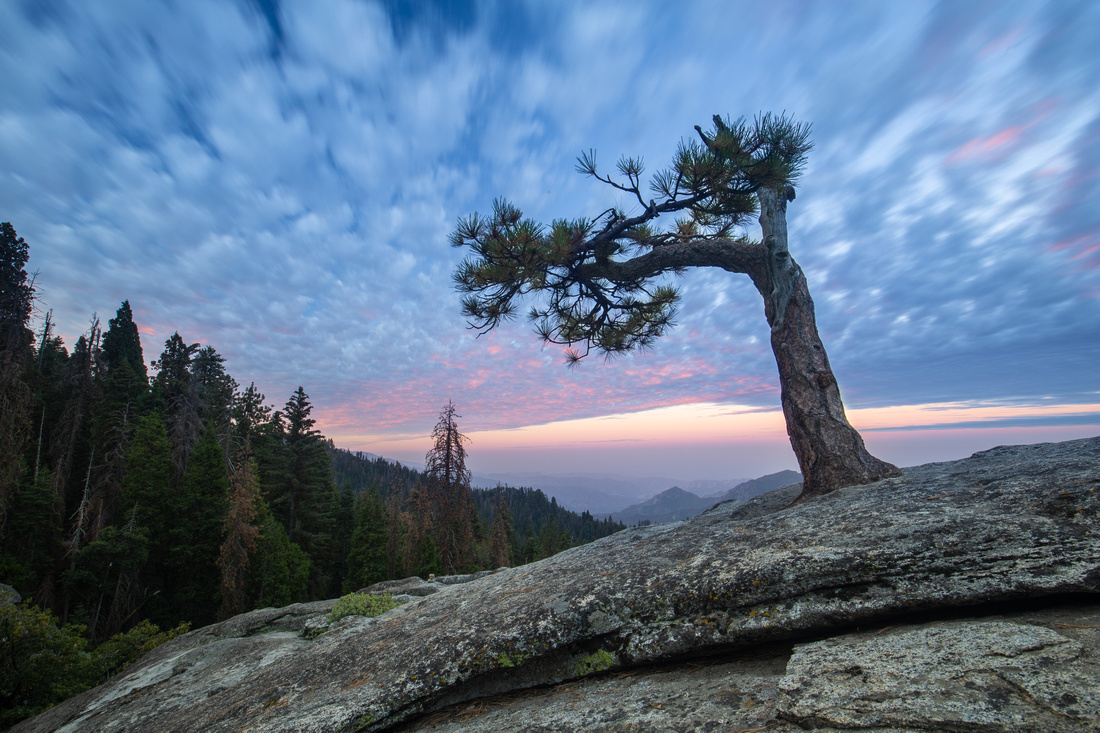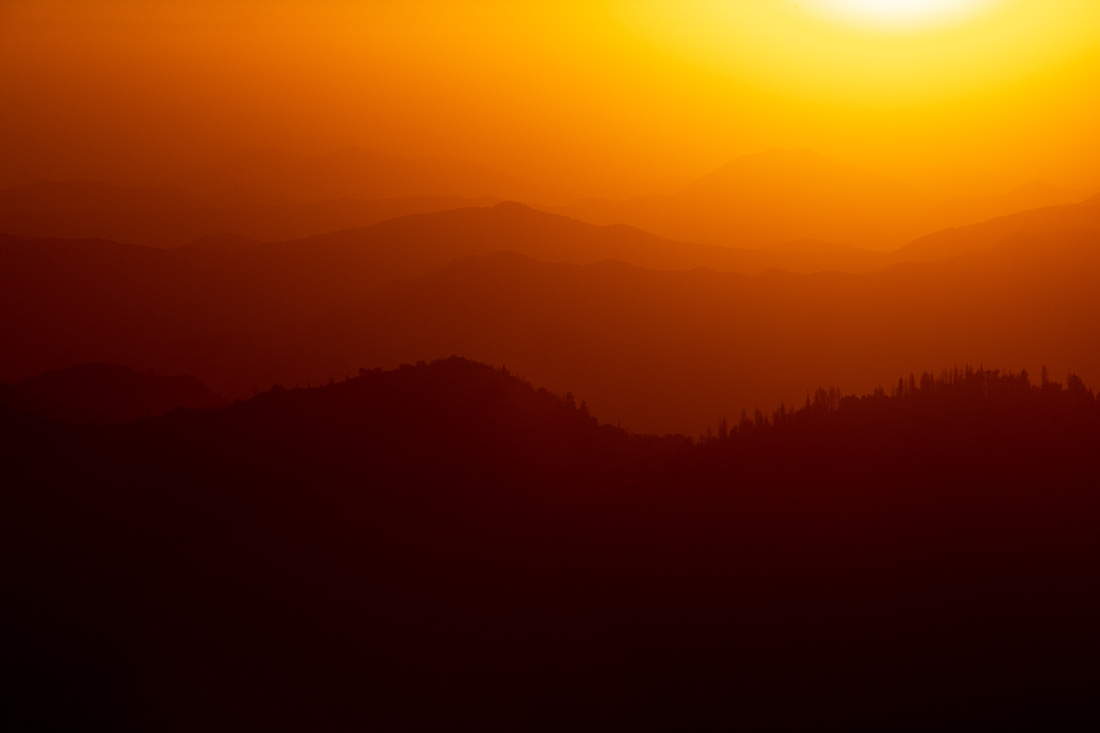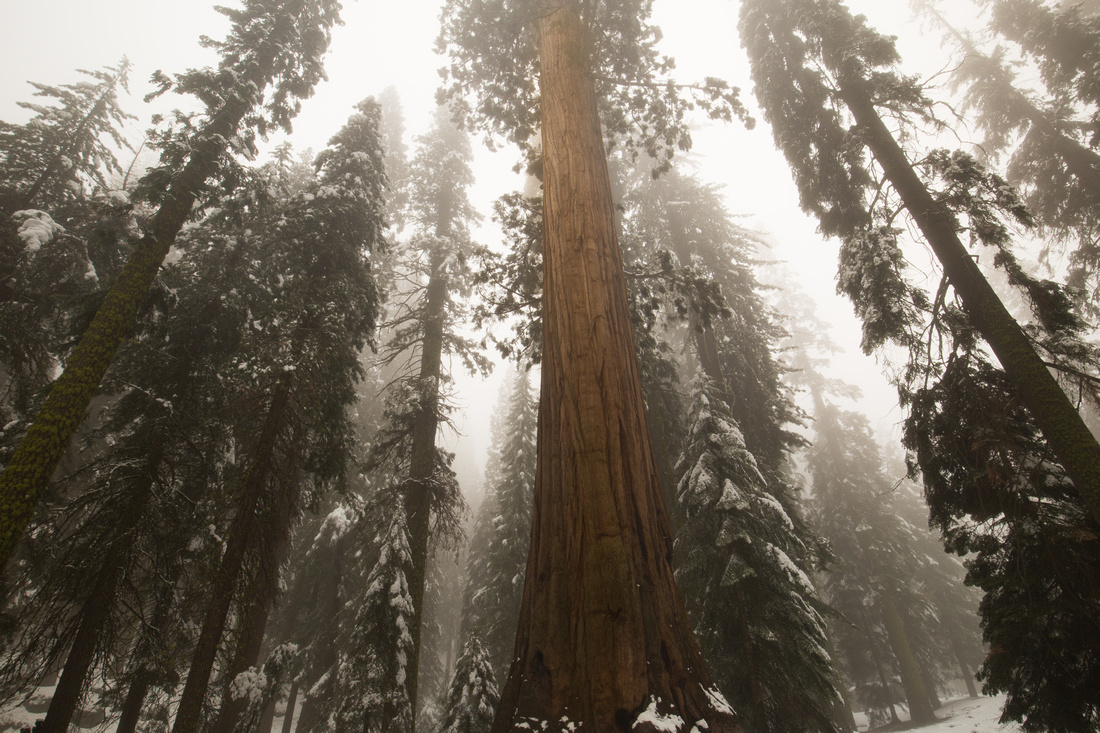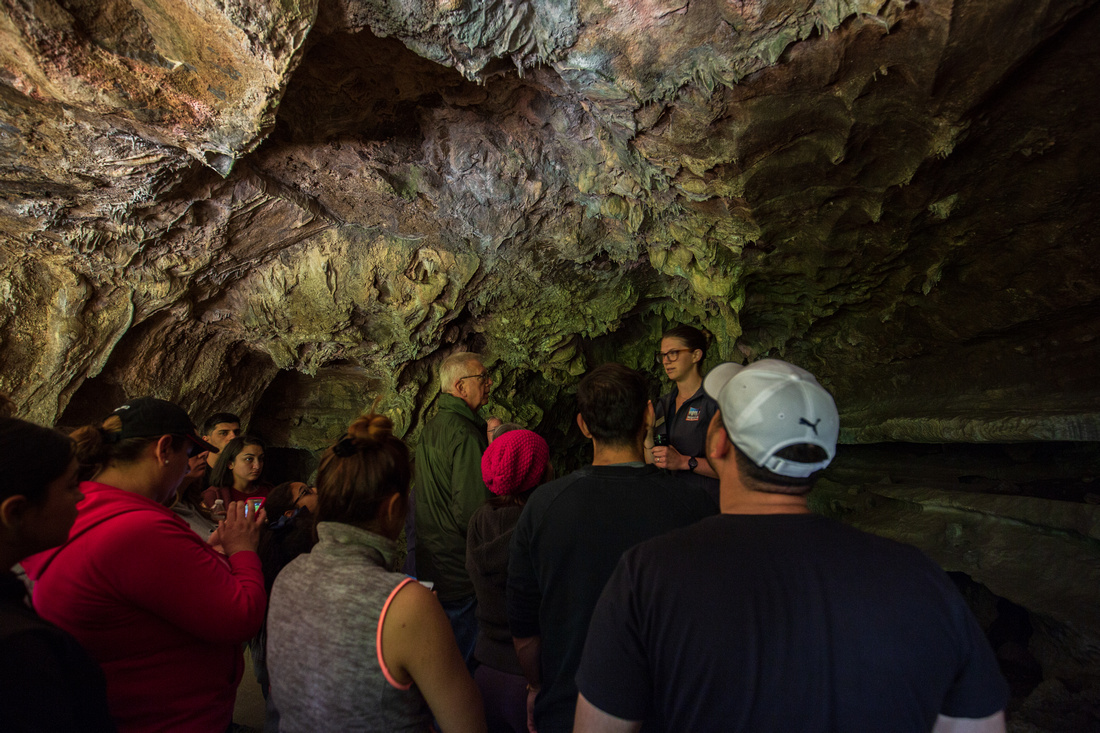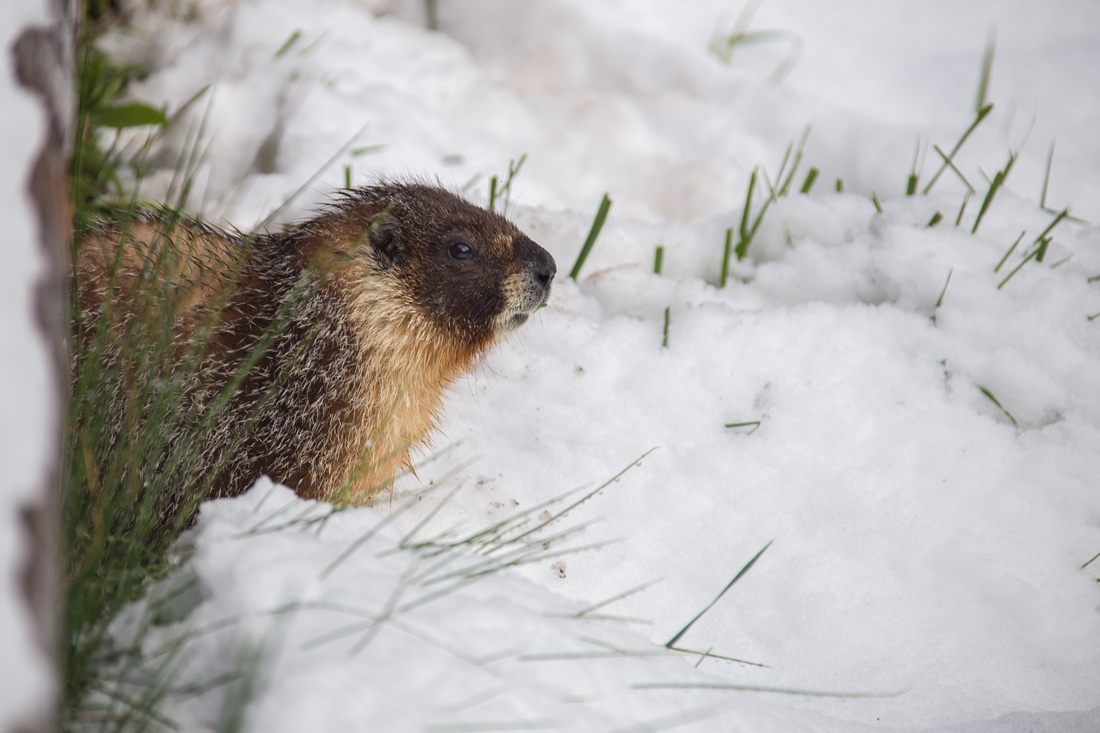A sense of place: travel photography
If you enjoy taking pictures of places you travel to and want to build your skills and knowledge to improve the outcomes, this post is for you. This is all about capturing a sense of place.
The images in this post were taken in Sequoia National Park. I have visited twice so far, once during a spring snow storm and again in late summer. Both visits presented unique opportunities to show why this park is unique and special.
Go to my gallery to see all Sequoia images.
Hover over images for more details
Every destination has its own look, feel, landscape, and people. It can be overwhelming to try to capture all of it when you are visiting for the first time or have a limited amount of time at each location. Because of this, I highly recommend pre-scouting. Before any trip (even to locations I am familiar with) I pre-scout to determine what my priorities are, where subjects are located, how to get there, what lighting will be best, and weather conditions. In my opinion, this is the single best reason the internet was invented. :)
One of the logistical challenges you sometimes have to deal with when traveling is other travelers. While some shots benefit from having people in them, there are others that do not. There are two ways to minimize people in your photos. The first is to get out there early. Most of the time, you will have the location to yourself. The other is to bring a tripod, set up the shot for a long shutter speed and blur the people right out. This really only works if the people are moving though.
As with any photograph, lighting is key. You can take a very well composed shot of Half Dome in the middle of the day, but it just doesn't convey the same drama or grandeur that it does at sunrise or sunset.
Speaking of composition, creating a well composed image will go a long way for telling a story about a place. One common mistake is to crowd the photo with too much stuff. Get closer. As yourself, "Is this part of the image improving the overall composition"? If the answer is no, re-frame, zoom in, or get closer to get it out. There should be no question by the viewer about what you were trying to convey.
If you aren't strapped for time, after you have taken the iconic shot you wanted, take another from a different angle or vantage point. This is a very small investment for what could be a big payoff.
I tend to be guilty of not including people in my images. I tend to favor an "un-touched" look, but adding a human element can help show why a destination is so significant. People also add scale to demonstrate the size of a subject.
One of the best things you can do to prepare for getting your best possible travel shots is taking the time to know your camera. When you understand how to use your camera, you will be better equipped to quickly react when unexpected opportunities present themselves.
I hope these tips help you on your next quest for travel images! To see more images from Sequoia National Park, check out my gallery.

